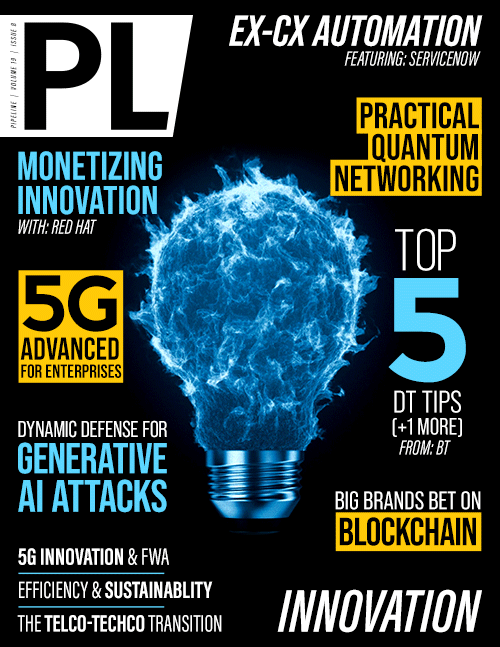The Enterprise Guide to 5G Advanced
There are many challenges to designing for 5G Advanced networks. Like any new wireless technology, it will take time before the market fully understands the obstacles and opportunities that 5G Advanced will bring. We’ve identified four key challenges that we believe all enterprises will face.
Infrastructure overhauls
mmWave spectrum is expected to be ideal for both 5G and 5G advanced. However, this spectrum range is far more complex to design for than low-frequency spectrum and may require advanced levels of training for radio frequency (RF) engineers.
Challenges of designing for mmWave include poor signal range and increased reflection from building materials. There are also cost considerations, as in-building mmWaves require an infrastructure overhaul, with new antennae, fiber cabling, and small cells needing to be installed throughout a locale to connect properly.
The time investment of Beamforming
A key feature of 5G NR and 5G Advanced—Beamforming—enables ultra-precise data transfer but requires high-level processing and input during the RF planning and RF design stage. Beamforming affects throughput prediction at UE and network capacity planning.
The complexity of reliable, consistent low latency
With 5G Advanced finally bringing Ultra Reliable Low Latency Communication (URLLC) capabilities set to enable smart technology like self-driving cars and automated medical equipment, not achieving your latency metrics can be catastrophic for your use case. So, the network setup affects both latency and RF design, but RF design does not affect latency.
The cost of evolution
For those looking to take advantage of 5.5G, the enhancements that it brings don’t come without investment. As for many other previous wireless and cellular technologies, the upgrade from a 5G network to a 5.5G network can be achieved with three main possibilities; software only, hardware only, or both hardware and software upgrade. For Private Network (PN) enterprise or operator cases, the software only is the easiest option that is also the least costly to install and deploy. The options with only hardware or both hardware and software upgrade are more challenging as the enterprise would require more investment and can be more complex to implement and deploy. An example of 5G Advanced hardware upgrade could be the advanced antenna system, which is necessary for applying advanced beamforming techniques. Beamforming techniques require more digital signal processing units and more antenna elements and hence more hardware to be added.
5G network design requires powerful software, including high-end customization of individual beams through Beamforming, bandwidth partitioning, and 3D network visualization tools. Network designers should also invest in report generation tools and heatmaps to provide visual data for stakeholders, so project owners can feel engaged through every step of the design process.
The ongoing evolution of 5G Advanced
5G’s ongoing evolution will bring some of the key functionality that the technology’s early claims to fame. Low latency, spectrum efficiency, and the infusion of AI will all transform how this new wireless generation is used and deployed. This sea change in functionality will not only change the industry but also likely change 5G’s perception among enterprises as they begin to experience the new services these advances will enable.



















